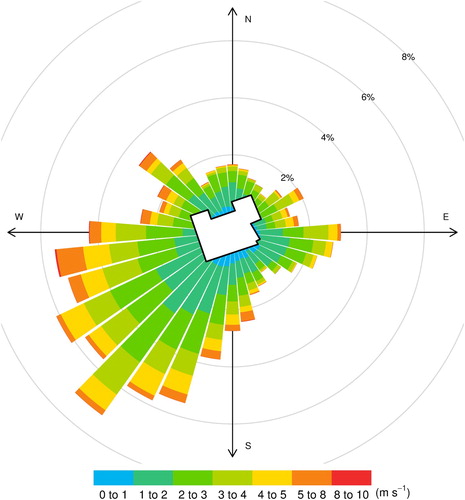Service: Environmental monitoring
Platforms
Fixlab
Techniques
No
techniques found

Environmental monitoring of Pollutants, dust, temperature, and humidity. This service also provides advice on how to design monitoring campaigns.
Advanced monitoring helps with preventive conservation in several ways:
1. Monitoring Temperature, Humidity, and Pollutants: Tracking temperature and humidity levels ensures stable conditions for artifacts. This service can help identifying the right number of monitoring locations, type of loggers, and general monitoring strategy.
2. Monitoring Dust and Microplastics: Dust and microplastics can harm materials chemically and aesthetically. Monitoring these particles in the air (or on surfaces) helps assess their impact on collections and guide cleaning or protective measures.
3. CO2 and Pollutant Logging: Logging CO2 levels and other pollutants helps track their effect on materials over time. CO2 measurements are useful to track visitor numbers and estimate ventilation rates. Monitoring pollutants like VOCs, NOx, SO2, and O3 helps identify harmful air quality changes that can damage objects.
4. Planning and Interpreting Monitoring Campaigns: This service can involve planning and interpretation of results. The interpretation can use damage functions and data science. Using damage functions helps interpret damage, showing how different factors contribute to material degradation and helping conservators make informed decisions.
Fields of application
Preventive conservation
Other information
-
Output: The output includes collected data, summary reports highlighting key findings, and visualizations of trends that show how environmental factors change over time, aiding in decision-making for conservation efforts.


